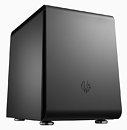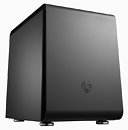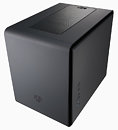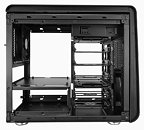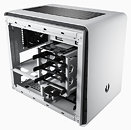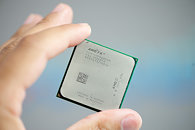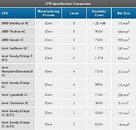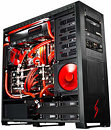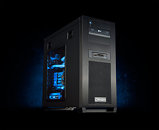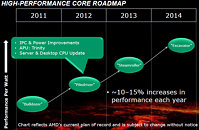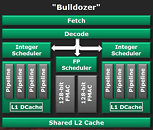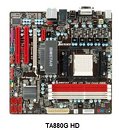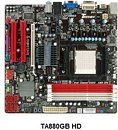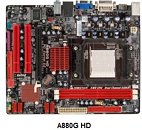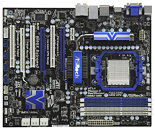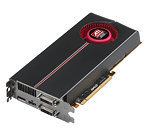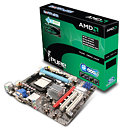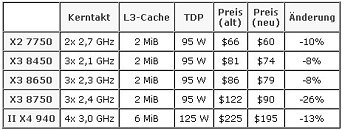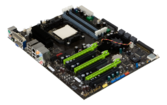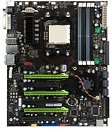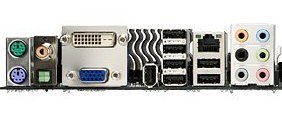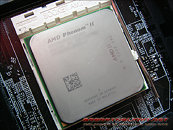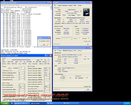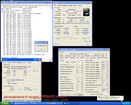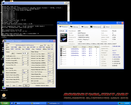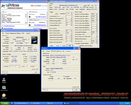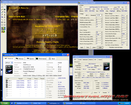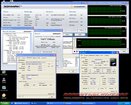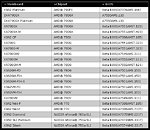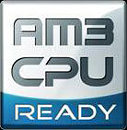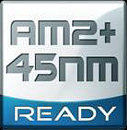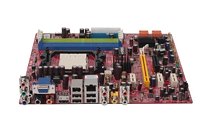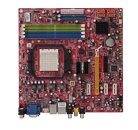
Intel Haswell TSX Erratum as Grave as AMD Barcelona TLB Erratum
Intel's "Haswell" micro-architecture introduced the transactional synchronization extensions (TSX) as part of its upgraded feature-set over its predecessor. The instructions are designed to speed up certain types of multithreaded software, and although it's too new for any major software vendor to implement, some of the more eager independent software developers began experimenting with them, only to discover that TSX is buggy and can cause critical software failures.
The buggy TSX implementation on Core "Haswell" processors was discovered by a developer outside Intel, who reported it to the company, which then labeled it as an erratum (a known design flaw). Intel is addressing the situation by releasing a micro-code update to motherboard manufacturers, who will then release it as a BIOS update to customers. The update disables TSX on affected products (Core and Xeon "Haswell" retail, and "Broadwell-Y" engineering samples).
The buggy TSX implementation on Core "Haswell" processors was discovered by a developer outside Intel, who reported it to the company, which then labeled it as an erratum (a known design flaw). Intel is addressing the situation by releasing a micro-code update to motherboard manufacturers, who will then release it as a BIOS update to customers. The update disables TSX on affected products (Core and Xeon "Haswell" retail, and "Broadwell-Y" engineering samples).



